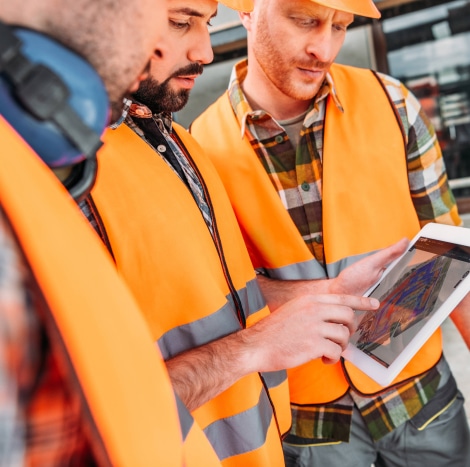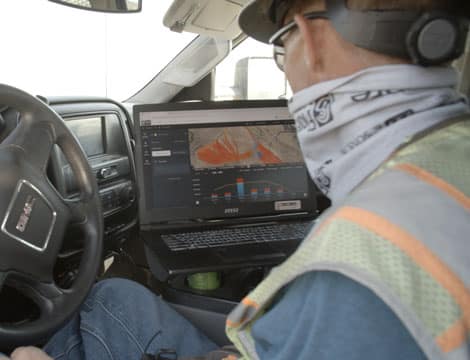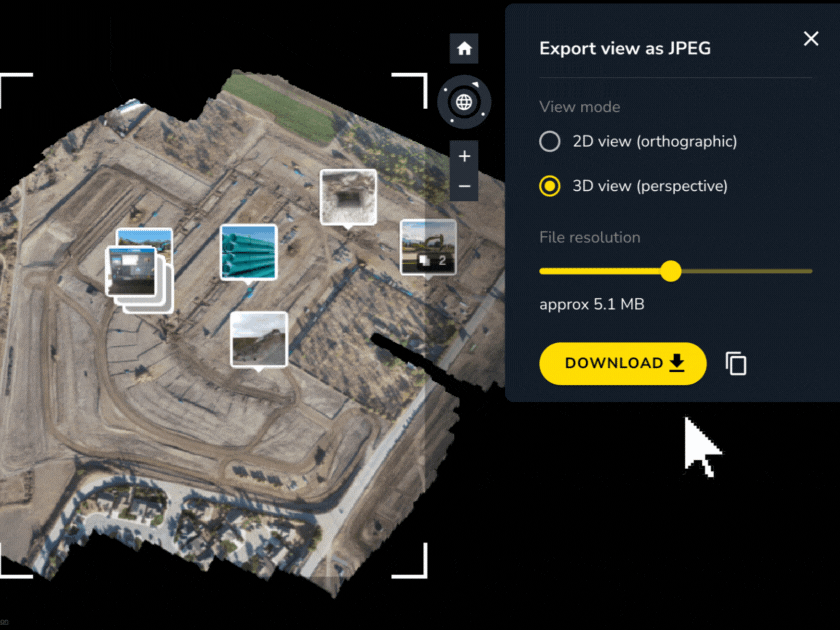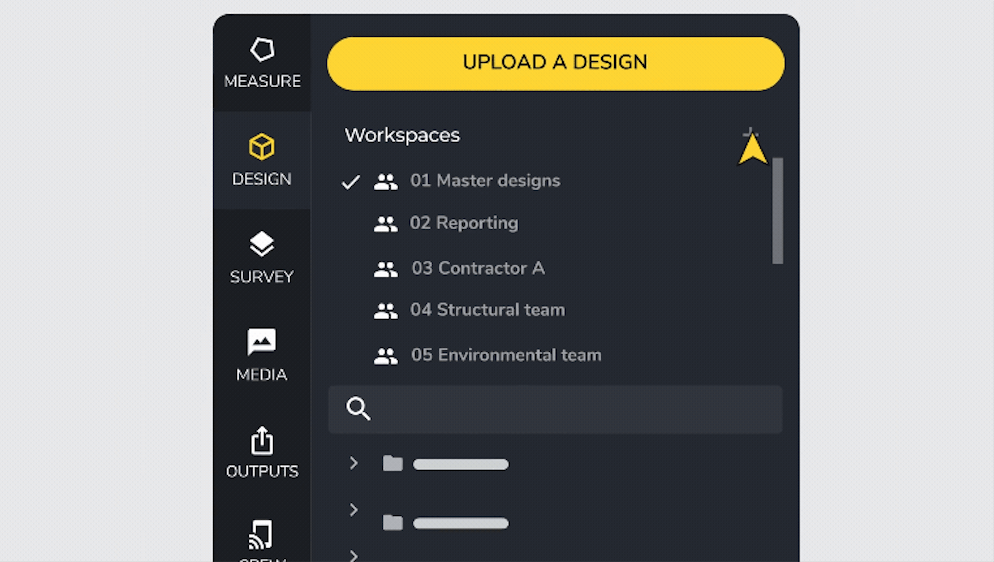Industries across the nation are facing labor shortages on an unprecedented scale, and the construction field is no exception. According to recent data from the U.S. Department of Education, Transportation, and Labor, the number of job openings in some construction sectors is predicted to be 68% higher than the number of people available to fill them by 2022. Not only could a construction labor shortage create a significant impact today, but could affect construction projects for years to come.
The construction workforce was already stretched thin prior to the COVID-19 pandemic, and companies continue to face two distinct staffing challenges – an aging workforce and high turnover rates. To respond effectively, companies must rethink their recruitment strategies and techniques. One way to do that is by adopting new technology to attract new talent and retain their skilled employees.

Attracting Fresh Talent with Technology
The construction worker shortage has companies reevaluating their practices and building a new culture that embraces new technology and attracts young candidates who have the potential to become career employees. Millennial and Gen-Z new hires expect that, from the moment they step into the office or on the jobsite, they’ll be using the latest and greatest in technology to make their jobs more efficient and safer, while also protecting the environment.
Savvy construction companies are actually using technology as a recruitment tool, helping them attract new talent who may not otherwise show interest in construction jobs. So, what are some of the cutting-edge technologies that instantly make your workplace more appealing to young workers?
- Drones. Year-over-year, drone use in construction has increased an extraordinary 239%. More and more companies use drones to monitor project progress, complete safety inspections, provide accurate data for competitive bidding, among other benefits.
- Wearables. Wireless sensors embedded in apparel or protective equipment monitor a worker’s movements, repetitive motions, and even their vital signs. Real-time health data promotes worker safety, even notifying site managers if a worker is too exhausted or at risk of injury.
- Artificial Intelligence (AI). When integrated with other technologies including building information management (BIM), wearables and site sensors, AI helps construction teams make better decisions in real time. From analyzing jobsite photos to identifying high-risk trends in worker behavior, AI promotes safety and efficiency in day-to-day operations.
- Site Sensors. Construction companies can deploy site sensors to monitor temperature, noise levels, and volatile organic compounds, limiting worker exposure. Sensors provide an immediate alert to workers on the ground who are at risk of exceeding permissible exposure levels, keeping them safe and compliant with OSHA regulations.

Strengthening a Multi-Generational Workforce
Hiring new talent is only half the battle for construction companies – it’s often challenging to retain talent too. Currently, the construction industry is facing an estimated 21.4% turnover rate – one of the highest rates in any industry.
Retaining skilled employees is one of the most important ways to keep a construction company productive. A happy, engaged workforce is a great marketing tool, as satisfied employees serve as the best brand ambassadors for job seekers. While companies need to invest in their employees through career development and leadership opportunities, technology can also play a major role in improving conditions for them.
How can technology strengthen your workforce and improve their work experience?
- Safety. In construction, safety goes hand-in-hand with job satisfaction. For example, drone technology in particular promotes on-site safety by reducing or eliminating the need for surveyors to physically walk a jobsite and complete surveys of potential safety hazards. Also promoting safety, other technologies like AI, wearables, and site sensors automate processes and streamline risk management for companies.
- Personal development. Investing in new technologies and treating them as another type of jobsite equipment ensures workers across generations feel appreciated. While traditional software training is typically conducted remotely, construction is a hands-on job, and workers appreciate training that reflects their day-to-day activities. Onsite training is crucial for employee retention, helping workers feel confident in bringing new technology to the jobsite.
Construction Companies Must Adapt
The construction industry shapes our built environment, from infrastructure like roads and bridges to hospitals and schools. Without a consistent pipeline of new construction talent, progress is impeded. Adopting new technologies keeps companies competitive by attracting younger workers and strengthening their existing teams. In this job seeker’s market, the way a company attracts and retains long-term workers will determine its future success.



